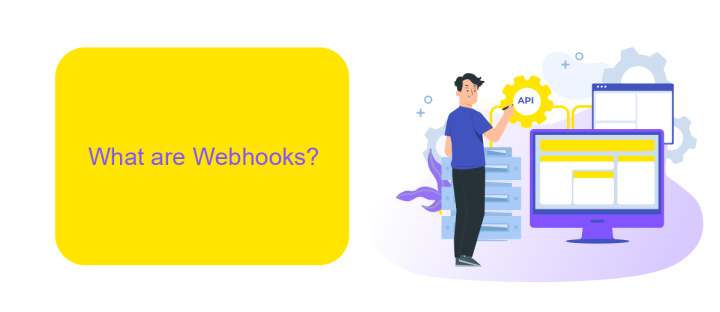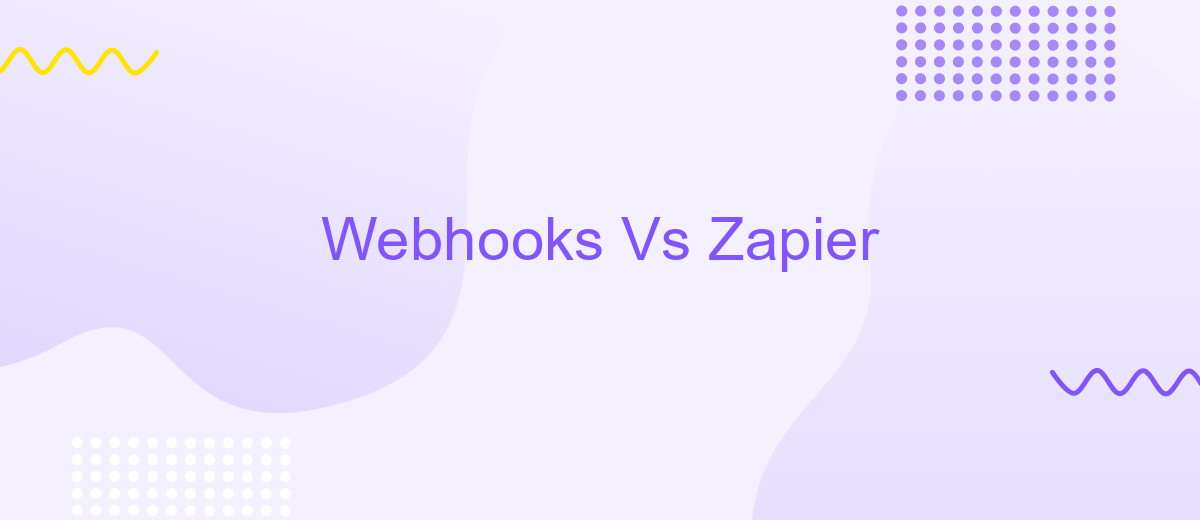Webhooks Vs Zapier
In today's interconnected digital landscape, automation is key to enhancing productivity and efficiency. Two popular tools for achieving seamless integrations and automated workflows are Webhooks and Zapier. While both serve to connect various applications and services, they do so in fundamentally different ways. This article explores the distinctions between Webhooks and Zapier, helping you choose the right tool for your automation needs.
Introduction
In today's digital landscape, automation has become a cornerstone for enhancing productivity and streamlining workflows. Two popular methods for achieving automation are Webhooks and Zapier. While both offer unique advantages, choosing the right one for your needs can be challenging. This article aims to provide a comprehensive comparison to help you make an informed decision.
- Webhooks: Lightweight and efficient, Webhooks allow real-time data transfer between applications.
- Zapier: A versatile automation tool that connects multiple apps and services without requiring coding skills.
- ApiX-Drive: A robust platform designed to facilitate seamless integration and automation between various services.
Understanding the core functionalities and use cases of Webhooks, Zapier, and ApiX-Drive can significantly impact your automation strategy. Whether you need real-time updates, multi-step workflows, or a blend of both, this guide will help you navigate the complexities of these tools. Dive in to discover which solution aligns best with your integration needs and business objectives.
What are Webhooks?

Webhooks are automated messages sent from apps when something happens. They have a message—or payload—and are sent to a unique URL—essentially a phone number or email address—where the receiving app can process it. Unlike traditional APIs that require constant polling to check for new data, webhooks push data to your system in real-time, making them more efficient and responsive. This is particularly useful for applications that need to react immediately to specific events, like payment confirmations or form submissions.
Setting up webhooks can be straightforward with the right tools. ApiX-Drive, for instance, simplifies the integration process by allowing you to connect various applications without writing a single line of code. With ApiX-Drive, you can easily configure webhooks to trigger actions across different platforms, ensuring seamless data flow and automation. This makes it an invaluable tool for businesses looking to enhance their operational efficiency through real-time integrations.
What is Zapier?

Zapier is a powerful automation tool that connects your favorite apps and services to automate workflows without the need for coding. By linking different applications, Zapier allows users to save time and reduce manual tasks, streamlining their daily operations.
Here are some key features of Zapier:
- Automates repetitive tasks by creating "Zaps" that link two or more apps.
- Supports over 3,000 applications, including popular tools like Google Sheets, Slack, and Trello.
- Offers a user-friendly interface, making it accessible to those without technical skills.
- Provides multi-step Zaps for more complex workflows.
- Includes built-in apps for basic functions like scheduling and data formatting.
Unlike traditional webhooks, which require some coding knowledge to set up and maintain, Zapier provides a more accessible solution for users of all skill levels. For those looking for an alternative, ApiX-Drive is another excellent service that facilitates the creation of integrations between various platforms, offering similar benefits and ease of use.
Webhook vs Zapier: Key Differences

Webhooks and Zapier are both powerful tools for automating workflows and integrating different applications, but they serve different purposes and have distinct functionalities. Understanding their key differences is crucial for choosing the right solution for your needs.
Webhooks are user-defined HTTP callbacks that are triggered by specific events in a source system. They are more technical and require a deeper understanding of coding and APIs to set up and manage. In contrast, Zapier is a no-code automation platform that connects various apps and services through pre-built integrations, making it accessible to users without technical expertise.
- Technical Skill Required: Webhooks require coding knowledge, while Zapier is user-friendly and doesn't require coding.
- Flexibility: Webhooks offer more customization options, whereas Zapier provides predefined actions and triggers.
- Setup Time: Webhooks can be time-consuming to set up, while Zapier offers quick and easy setup.
- Scalability: Webhooks are more scalable for complex integrations, whereas Zapier is ideal for simple, straightforward tasks.
For those looking to integrate applications without delving into code, services like ApiX-Drive offer a middle ground by providing user-friendly interfaces for setting up both webhooks and automated workflows, combining the best of both worlds.
Which One Should You Use?
When deciding between webhooks and Zapier, consider your specific needs and technical expertise. Webhooks are ideal for those who require real-time data transfer and have the technical know-how to set them up. They offer direct communication between applications without the need for an intermediary, ensuring immediate updates. However, setting up webhooks can be complex and may require coding knowledge, making them less accessible for non-technical users.
On the other hand, Zapier simplifies the process of automation by providing a user-friendly interface that requires no coding skills. It supports a wide range of applications and allows you to create automated workflows, or "Zaps," with ease. For those looking for a balance between ease of use and powerful integration capabilities, services like ApiX-Drive offer a robust solution. ApiX-Drive combines the best of both worlds by providing an intuitive platform for setting up integrations while supporting a wide array of applications. Ultimately, your choice should depend on your technical comfort level and the specific requirements of your integration tasks.
- Automate the work of an online store or landing
- Empower through integration
- Don't spend money on programmers and integrators
- Save time by automating routine tasks
FAQ
What are webhooks?
How does Zapier differ from webhooks?
Can I use webhooks without coding knowledge?
Which is more flexible, webhooks or Zapier?
What are some use cases for using webhooks over a service like Zapier?
Apix-Drive is a simple and efficient system connector that will help you automate routine tasks and optimize business processes. You can save time and money, direct these resources to more important purposes. Test ApiX-Drive and make sure that this tool will relieve your employees and after 5 minutes of settings your business will start working faster.


